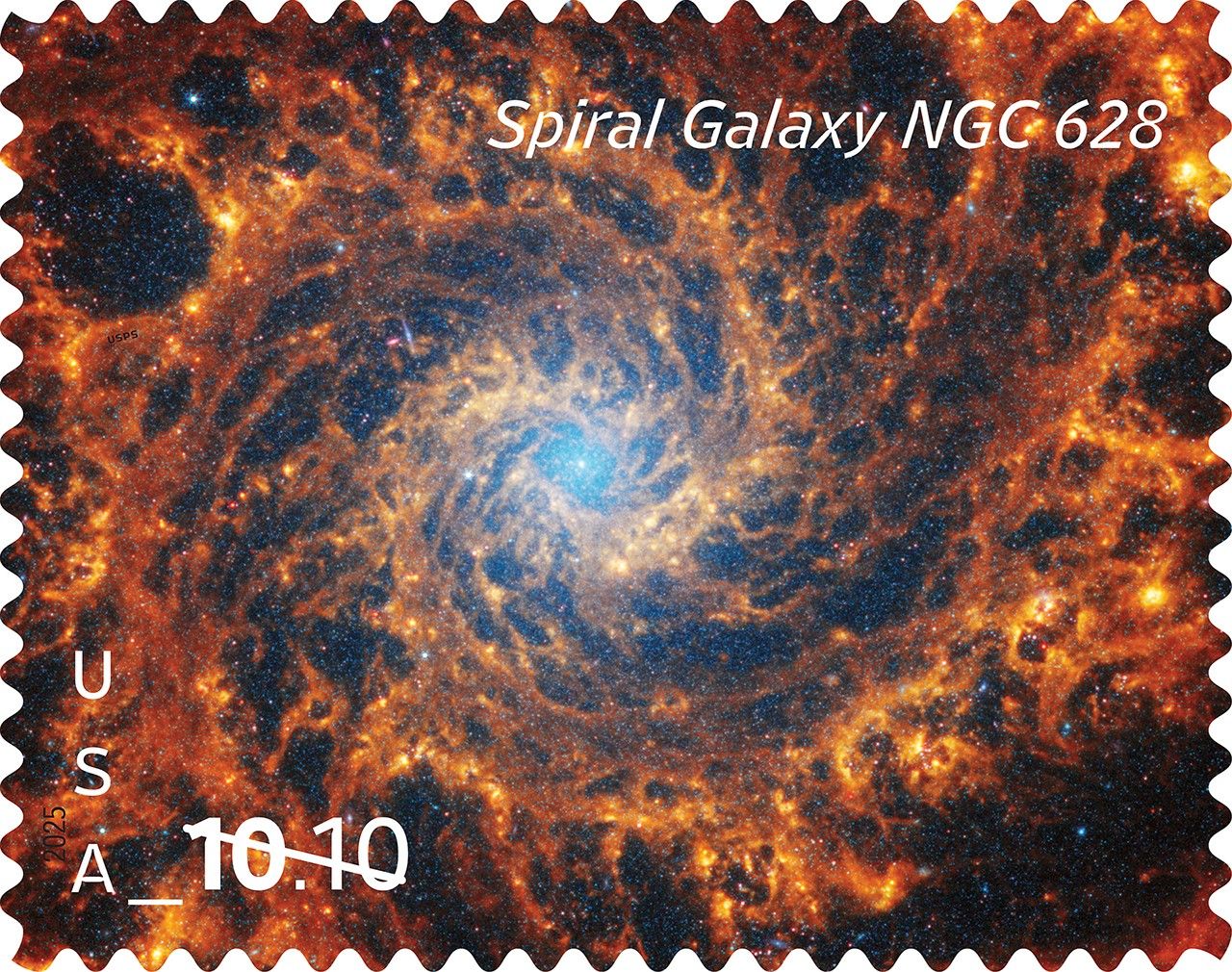Today is World Health Day and NASA’s Earth Science Division is using information from our Earth-observing satellites, surface sensors, and computer-based datasets to study the environmental, economic, and societal impacts of the COVID-19 pandemic and to determine whether environmental factors influence the spread of the virus.
While scientists around the world often have been confined to their homes during the COVID-19 pandemic, Earth observing satellites continue to orbit and send back images that reveal connections between the pandemic and the environment. NASA began funding eight new projects last fall to look at COVID-19 and the environment.
This image shows the ECOSTRESS land surface temperature variations measured on May 22, 2020, during the full lockdown period over an area centered on the Great Mall in Milpitas, California. Christopher Potter, a research scientist at Ames Research Center, is using such images to see how California’s shelter-in-place mandate in the San Francisco Bay Area has reduced the number of cars on the road and changed how parking lots, highways, and large industrial buildings’ surfaces absorb sunlight and reflect infrared heat.
Image Credit: Christopher Potter, NASA Ames Research Center


























